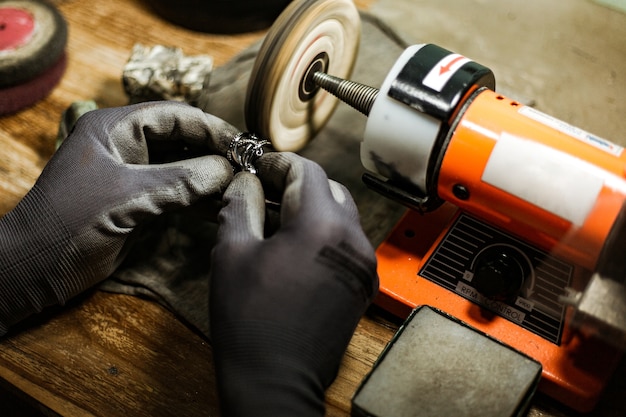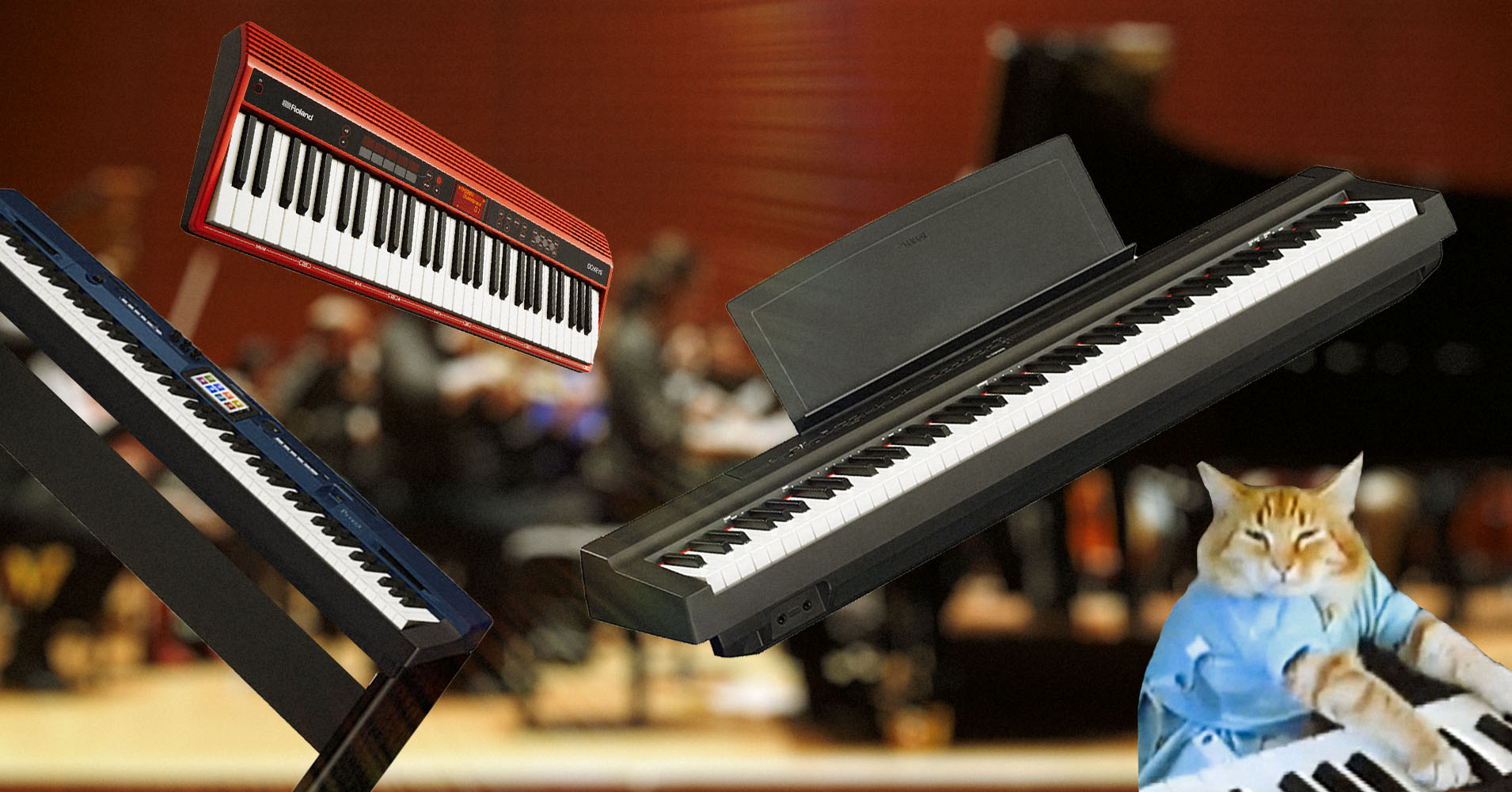When it comes to brewing the perfect cup of coffee, every element plays a crucial role. From choosing the right beans to measuring ratios and water temperature, each step is essential in creating a flavorful cup. But one often overlooked aspect is the grinder burr design.
For many years, conical burrs were considered the standard in grinder designs due to their consistent grind size and low heat production. However, a new challenger has entered the game in recent years – flat burrs.
So what exactly sets these two designs apart? And which one should you choose for your brewing needs? Let’s dive into the world of grinder burr designs and explore their differences.
Conical burr grinders have been around for decades and are still widely used today. These grinders consist of two cone-shaped rings with sharp ridges that crush coffee beans between them.
One significant advantage of conical burrs is their ability to produce a uniform grind size. The outer ring remains stationary while the inner ring rotates, resulting in an evenly ground batch of coffee every time. Conical grinders also tend to run cooler than flat ones, reducing the risk of scorching your beans.
However, on this link design does have its limitations. Due to its shape, conical burr grinders can be slower than flat ones in producing fine grounds for espresso or Turkish coffee. They also tend to be more prone to jamming when grinding oily beans like dark roasts.
In recent years, there has been a growing trend towards using flat burr grinders among home baristas and professionals alike. Unlike conical ones, flat grinders consist of two parallel disks with sharp teeth that shear off coffee beans as they pass through them.
Flat burrs offer several advantages over their conical counterparts. Firstly, they are faster and more efficient at grinding beans, making them a popular choice for high-volume cafes. They also produce more consistent grind sizes, especially when it comes to fine grounds for espresso, making them a top choice for many baristas.
However, flat burr grinders are not without their flaws. They tend to run hotter than conical ones, which can alter the flavor of the coffee and potentially burn the beans if not used carefully. They are also more expensive and require regular maintenance to keep them in top condition.
So which grinder burr design should you choose? The answer ultimately depends on your brewing needs and preferences.
Conical burrs are an excellent choice for those who prioritize consistency and versatility. They work well with a wide range of brewing methods and can handle different types of beans without clogging or jamming.
On the other hand, flat burrs offer speed and precision perfect for espresso lovers who demand an even grind size every time. However, they may require a more significant investment upfront and regular cleaning to maintain their functionality.
In conclusion, both conical and flat burr designs have their strengths that cater to different brewing methods and preferences. Whichever one you choose, make sure to do some research beforehand to find the perfect match that will take your coffee experience to new heights.





